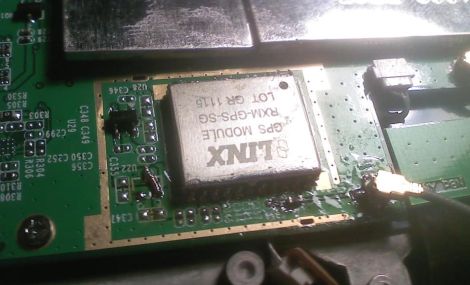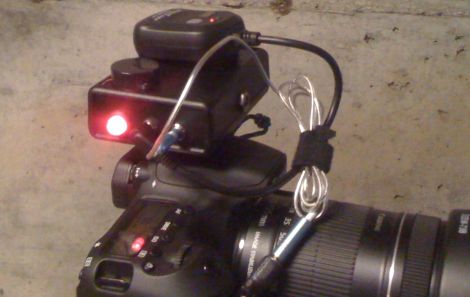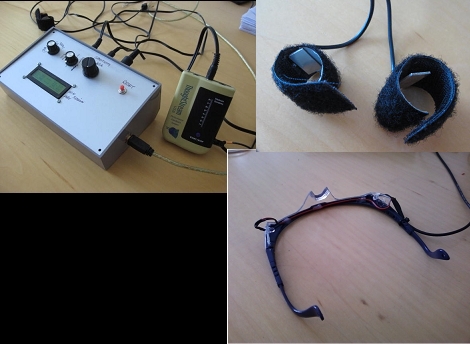
The hackers over at the xda-developers forum always seem to have something awesome brewing, and [fosser2] is no exception. He bought himself a Viewsonic G-tablet, but was a bit disappointed in its lack of a GPS module. He pried the tablet open in hopes of finding a spot where he might be able to cram one in, and was happily surprised at what he found.
It turns out that either Viewsonic had plans to include a GPS module and scrapped them, or they are planning on adding GPS to a future SKU. The tablet’s mainboard already had a spot laid out for the module, as well as the GPS antenna. He carefully soldered in a compatible module from Digikey, and then got to work adding the various other components required to get it working properly.
While the hack doesn’t require that you add a ridiculous amount of parts to the board, you had better make sure your soldering skills are up to snuff before giving it a shot. Those who can’t reliably solder SMD components should probably stay away from this one.
[via Engadget]
















